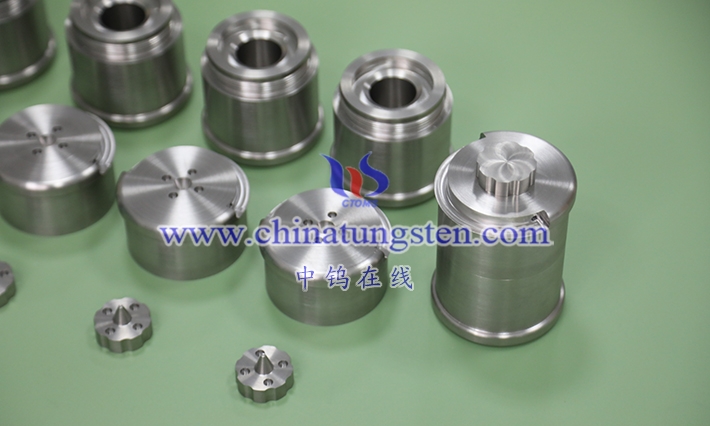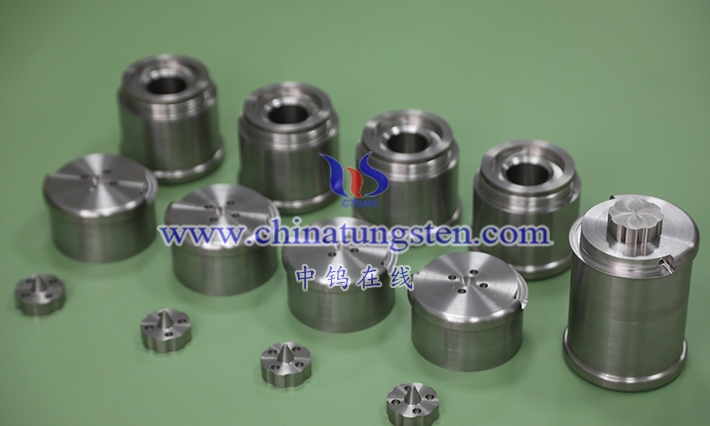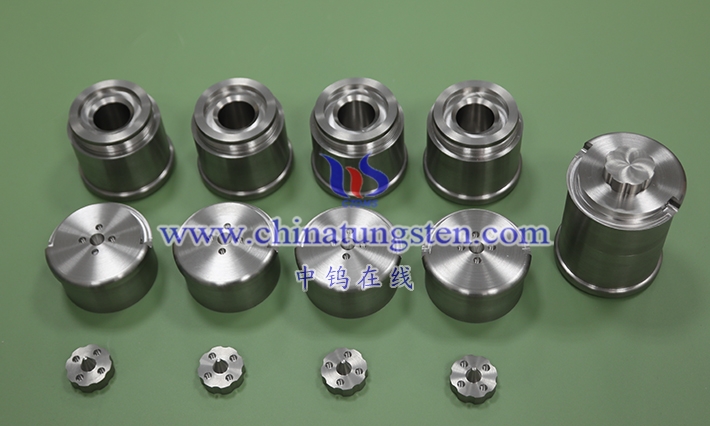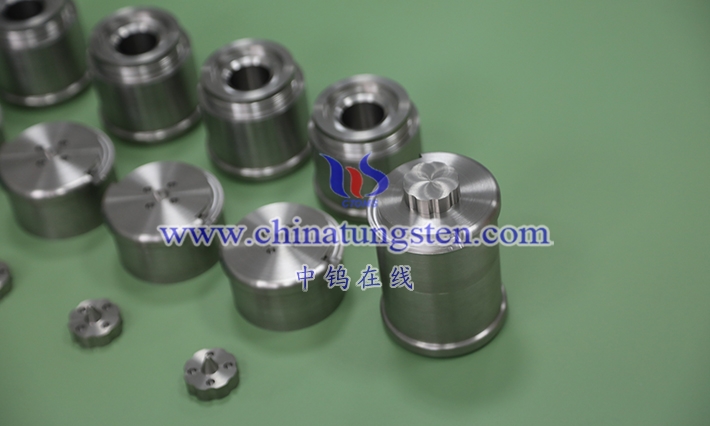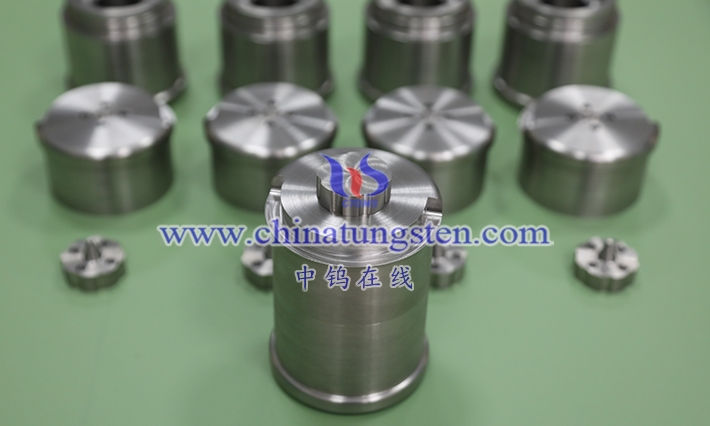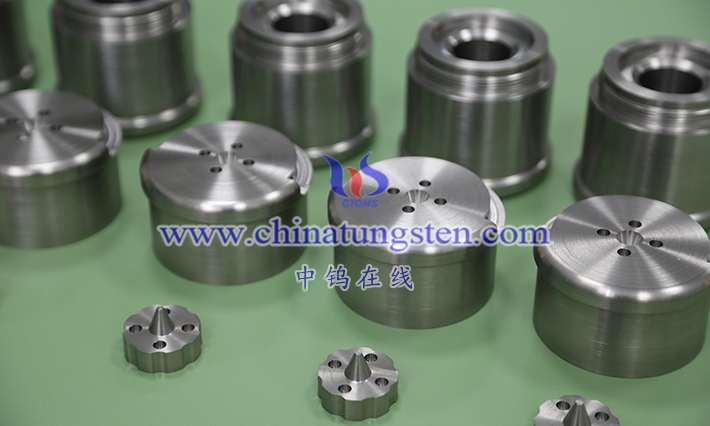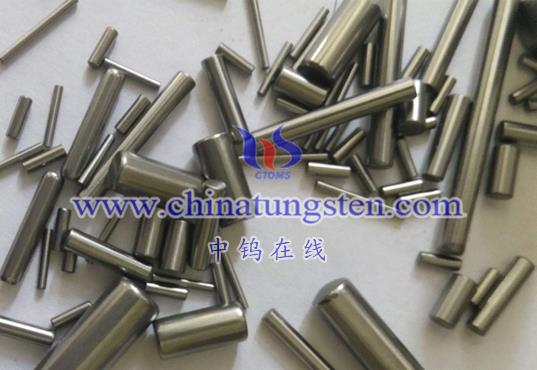
High-Density Tungsten Alloys are an important class of engineering materials. They are made of tungsten as the main component and are usually alloyed with some other elements to improve their density and mechanical properties. High-density tungsten alloys are widely used in many fields due to their excellent density, radiation shielding properties, wear resistance and corrosion resistance. These areas include medical devices, aerospace, defense, nuclear energy and industrial manufacturing. In this article, we’ll take a closer look at the types of high-density tungsten alloys and learn about their composition, properties, and applications.
Types of high-density tungsten alloys are usually classified based on their composition and application areas. The following are some common types of high-density tungsten alloys:
- Tungsten-Nickel-Iron Alloys:
o Composition: Tungsten-nickel alloy is usually composed of approximately 90% tungsten, 7-10% nickel and 1-3% iron. This alloy is known for its exceptional density and mechanical properties.
o Properties: tungsten-nickel-iron alloys have very high densities, typically between 17 and 18.5 g/cm3. They have good radiation resistance and are therefore often used as radiation shielding materials in nuclear energy applications. In addition, they have good corrosion resistance and thermal stability.
o Applications: This alloy is used in nuclear reactors for reactor outer cladding and reactor internal structures to mitigate radiation. They can also be used in medical equipment, such as uniformity blocks in radiotherapy equipment.
- Tungsten-Iron Alloys:
o Composition: Tungsten ferroalloy is composed of tungsten and iron, usually containing 95% or more tungsten and the remainder iron.
o Properties: The density of this alloy is higher, usually above 17 g/cm3, but slightly lower than tungsten-nickel-iron alloy. It has excellent anti-wear properties and is therefore often used in the manufacture of wear-resistant parts.
o Application: Tungsten ferroalloy is mainly used to manufacture wear-resistant parts such as cutting tools, drill bits, bearings and high-temperature furnace components.
- Tungsten-Copper Alloys:
o Composition: Tungsten-copper alloy is usually composed of tungsten and copper, with the tungsten content usually between 50-90% and copper accounting for the remainder.
o Properties: This alloy has a relatively high density, typically between 15 and 18 g/cm3. It also exhibits excellent thermal and electrical conductivity. However, it is not as dense as other high-density tungsten alloys and therefore has lower radiation resistance.
o Applications: Tungsten-copper alloys are commonly used in high-temperature electronic components, radio frequency (RF) components, semiconductor packaging, and high-performance heat sinks.
- Tungsten-Iron-Nickel Alloys:
o Composition: This alloy is composed of tungsten, iron and nickel, usually containing 80% or more tungsten and small amounts of iron and nickel.
o Performance: The density of tungsten-iron-nickel alloy is between 17 and 18 grams/cubic centimeter, and it has good wear resistance and corrosion resistance.
o Applications: This alloy is commonly used in industrial applications operating in high temperature and pressure environments such as turbine parts, drill bits and parts for high pressure pumps.
- Tungsten-Tantalum Alloys:
o Composition: Tungsten-tantalum alloys are composed of tungsten and tantalum, usually containing 90% or more tungsten.
o Performance: The density of this alloy is high, about 18 grams/cubic centimeter or more. It also has good heat resistance and corrosion resistance.
o Application: Tungsten and tantalum alloys are commonly used in high-temperature environments, such as high-temperature furnace components, vacuum furnaces and some components in nuclear reactors.
- Tungsten-Nickel-Copper Alloys:
o Composition: This alloy contains tungsten, nickel and copper, usually 70-90% tungsten, with small amounts of nickel and copper.
o Performance: The density of tungsten-nickel-copper alloy is between 17 and 18 g/cm3, and it has good thermal conductivity and electrical conductivity.
o Applications: This alloy is commonly used in areas such as high-temperature electronic components, semiconductor packaging, and radiofrequency (RF) components.
- Tungsten-Cobalt Alloys:
o Composition: Tungsten-cobalt alloy is composed of tungsten and cobalt, usually containing 90% or more tungsten and the remainder cobalt.
o Properties: This alloy has a high density, usually above 17 g/cm3, while exhibiting good wear resistance.
o Applications: Tungsten-cobalt alloys are widely used in the manufacture of cutting tools, drill bits, mining equipment parts and other high-strength and wear-resistant components.
In general, there are many types of high-density tungsten alloys, each with unique composition and performance characteristics, making them suitable for different applications. These alloys are often designed to meet specific engineering needs, including high density, radiation resistance, wear resistance, heat resistance and corrosion resistance. Whether in the field of nuclear energy, medical equipment, aerospace, industrial manufacturing or electronic technology, high-density tungsten alloys play a vital role and promote the development of various key technologies.
More details of tungsten alloy product, please visit website: http://tungsten-alloy.com/
Please contact CHINATUNGSTEN for inquiry and order of tungsten carbide:
Email: sales@chinatungsten.com
Tel.: 86 592 5129595
